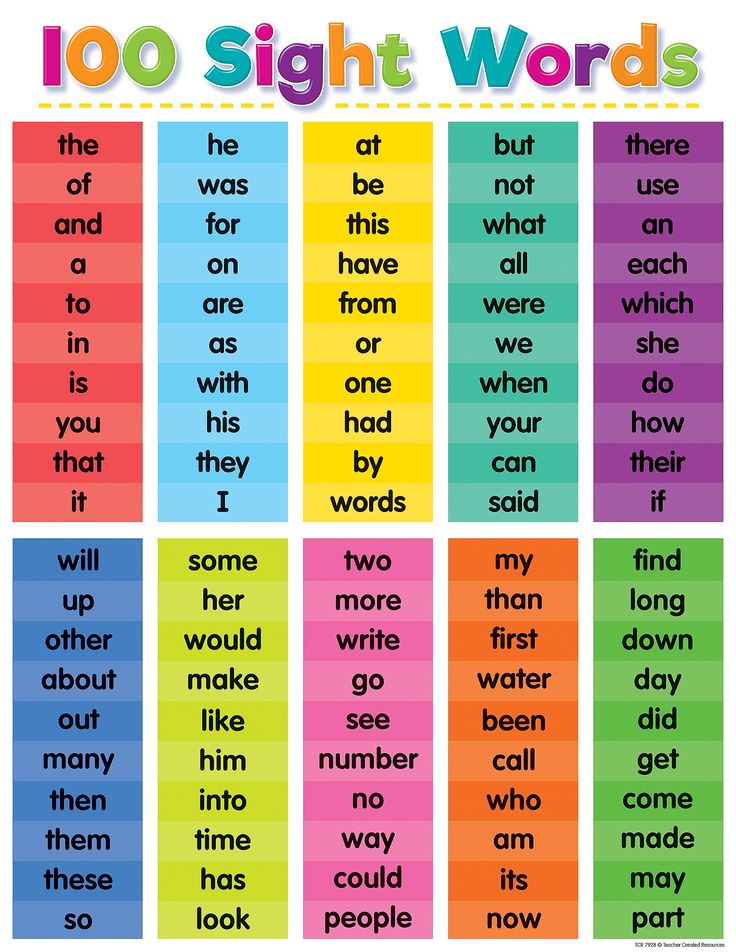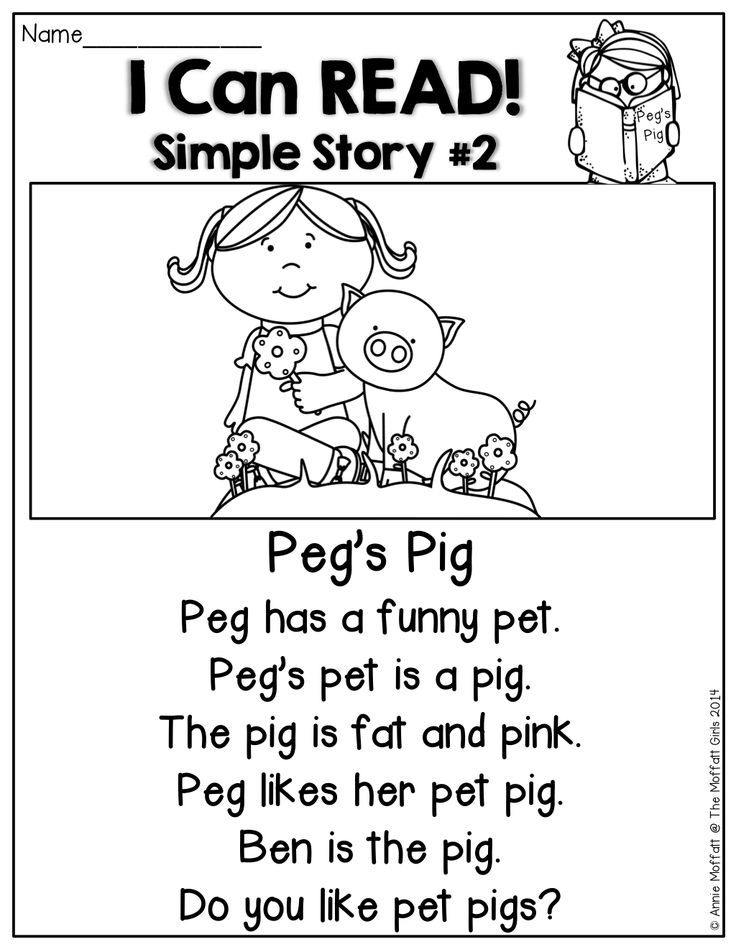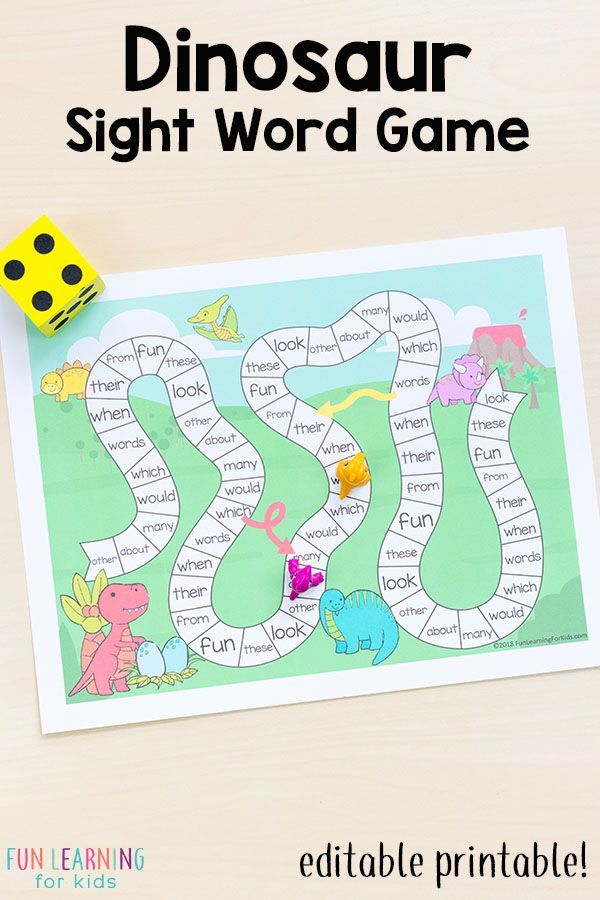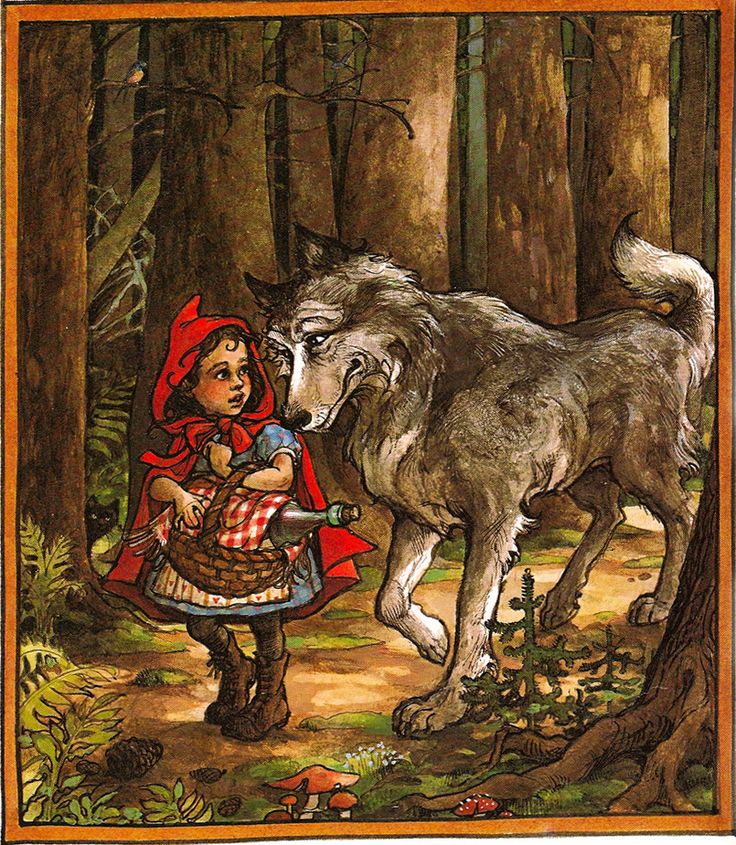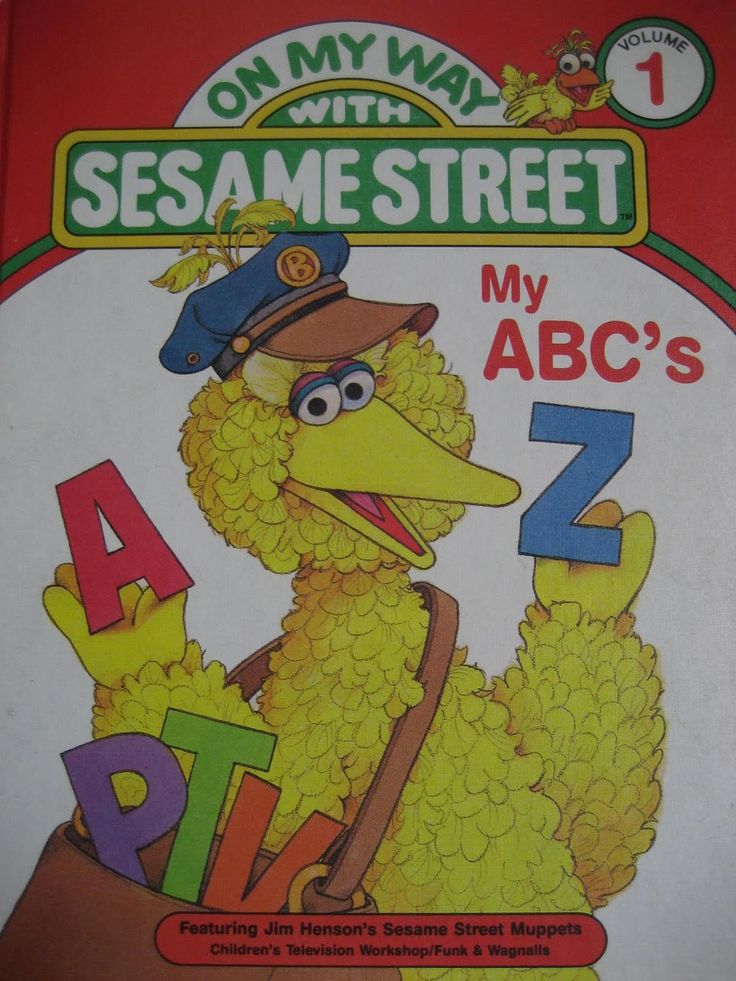Fun games with sight words
20 Sight Word Games, Activities, and Reading Ideas
If your child is learning to read, then you know that sight words are high-frequency words common in most text, words like the, and, they, or she. Knowing these words at a glance makes reading easier. Here you’ll find sight word games, apps, multi-sensory activities, and reading ideas. I recommend trying multiple approaches to engage your child’s different modalities of learning these words.
Also, it’s important to note that schools generally use either the Dolch or the Fry Sight Word lists. The lists are slightly different so make sure you know which one to use.
GAMESGames bring an element of fun and playfulness to learning. Since many of these games ask for sight word playing cards, make your own using index cards or download free printable cards here for the Dolch list and here for the Fry list.
Memory
Make your own card deck with two of each sight word. Shuffle. Place the cards face down in rows. When it’s your turn, turn over two cards and try to get a matching pair. If you don’t have a match, turn the cards back over. The winner is the player with the most pairs. (See example on Frogs, Snails and Puppy Dog Tails.)
Bingo
Download premade bingo cards grouped by levels of sight words here. Or, make your own bingo cards with the specific group of words your child is learning.
Scavenger Hunt
Make a list of sight words and a corresponding sticky note for each word on the list. Have your child find the sticky note somewhere in your house and match the word with the corresponding word on the master list.
Go Fish
We played this game a lot when my youngest learned her words. Make a set of sight word pairs (or make four like the original game) for each word. You’ll probably want at least 30 cards. Deal out five cards to each player. Play using the Go Fish rules — either looking for two or four cards to make a set.
Ukloo
We love this store-bought treasure hunt because it helps kids practice reading sight words. The game clues come in three levels, each has clues written primarily with sight words. We made it inexpensive by finding the silliest “treasures” we could find such as a gum wrapper or paper clip.
Zingo!
Kids won’t even care they’re practicing sight words because this Bingo game makes practice such a blast.
Technology often motivates kids to learn, which is why sight word apps can be a helpful tool. Try these learning apps and see which one your child enjoys most.
Bob Books Reading Magic Sight Words
Read the highlighted word in a sentence and practice writing by dragging the letters to the spaces at the bottom.
Gappy Learns Reading
Fill in the missing letter or letters to make bridges for the rabbit to cross and get home. Includes both three letter words and sight words.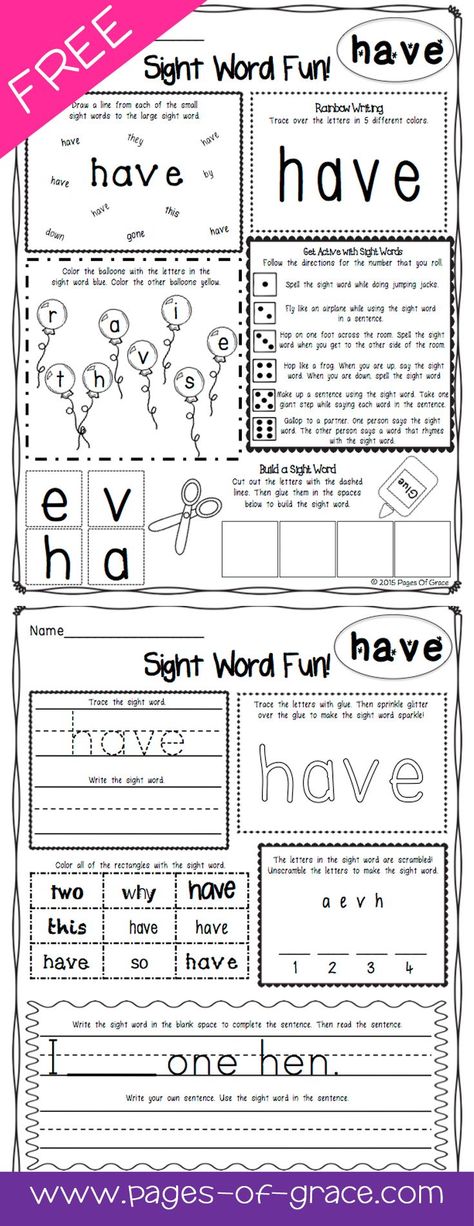
The Sight Word Adventure
Play 10 fun games such as whack-a-mole, letter scramble, and hide-and-seek to practice 320 sight words at five levels.
Sight Word Games
With a section for learning and one for playing games, this new app from This Reading Mama gives kids more ways to practice their words, including Hangman and Bingo.
Sight Word Bingo
My kids loved the cute monsters in this entertaining Bingo game that uses the Dolch words.
We have many senses other than our visual and auditory senses that can be engaged for optimum learning. These activities add in movement and touch.
Chants
With these chants, your child will work to learn the words while moving and acting like an animal.
Play Dough Mats
Using play dough and a sight word mat, make the letters of each sight word. Then write the words below.
Magnet Letters
Make your sight words on a magnetic surface using magnetic letters.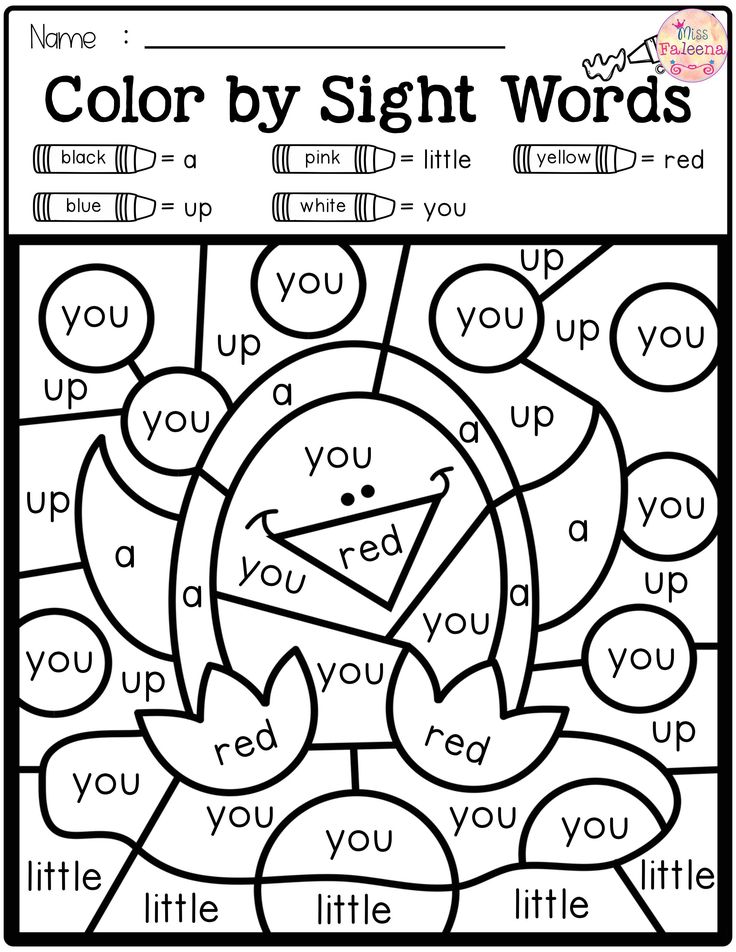
Wikki Stix or Pipe Cleaners
Build your sight words using Wikki Stix or pipe cleaners.
Beads
Practice your words by threading letter beads onto pipe cleaners to make each one.
Flash Cards
You’ll want a list of the words your child needs to learn so that you can make your own flash cards or buy them. Then tackle a few each day. When your child has learned a word, post it on a wall to celebrate. Soon you’ll have a wall filled with words they can read!
Bob Books
Bob Books are short leveled books that help children learn a few words at a time, practice those words in the books, and then move on to reading more. We found them to be a very helpful resource.
Sentence Cards
These are printable cards with a sight word and the sight word used in a short sentence. They don’t just increase a child’s sight word bank, they also improve reading skills too.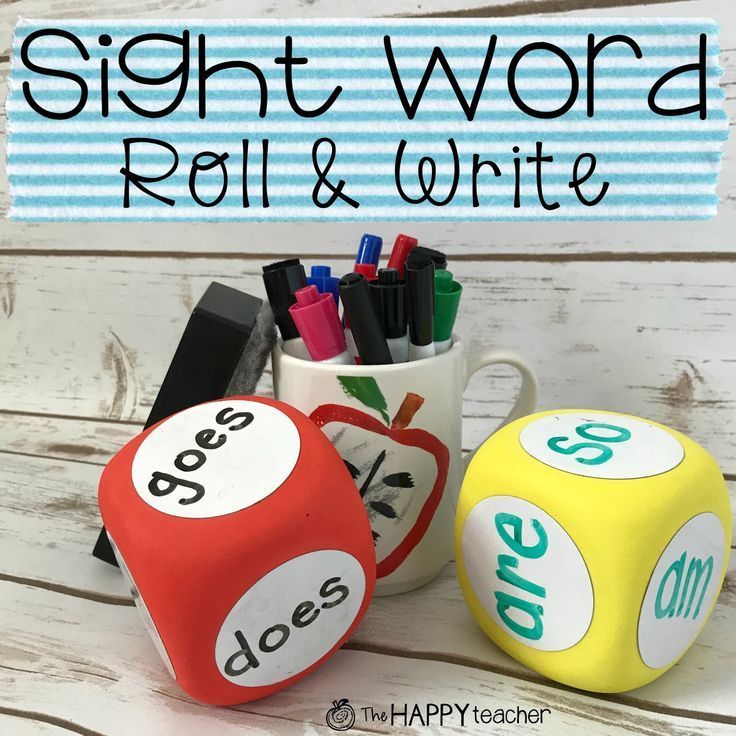
Printable Leveled Booklets
These are short, printable books that you can download for free or for a small price that are text controlled. In other words, you can choose the appropriate reading level with what specific sight words your child needs to learn.
Have other tips for how to help kids learn sight words? Share in the comments below.
13 Highly Effective And Fun Sight Word Games To Help Your Kids Learn
What Are Sight Words?
What’s the most common word in the English language? It’s the. Imagine pausing every time you ran across this word in a book, on a poster, or in a magazine. Even the simplest texts would become grueling to read.
Common words in the English language (like the) are often grouped together in the early stages of reading — these are what we mean when we speak about sight words. Sight words aren’t easy to sound out or decode, especially for young readers who are just learning the rules to sound out words, so we memorize them (or, in other words, recognize them by sight).
These words occur so frequently that readers, including very young readers, need to know them instantly. And once your child learns basic sight words, they won’t need to spend a lot of time trying to decipher these high-frequency words.
Sight words are dually helpful in this way: they help your child instantly recognize familiar words and help them bypass trying to sound them out because, phonetically, they often don’t make much sense!
Why, for instance, doesn’t the word was rhyme with has? Why doesn’t have rhyme with gave? The first of each is phonetically irregular, despite the fact that they’re some of the most common words in the English language.
As adults who learned to read many years ago, we don’t think twice about why we pronounce sight words the way we do. We also don’t consider why was and has or have and gave don’t rhyme.
Our reading of these words happens automatically, and that’s what helps us read fluently.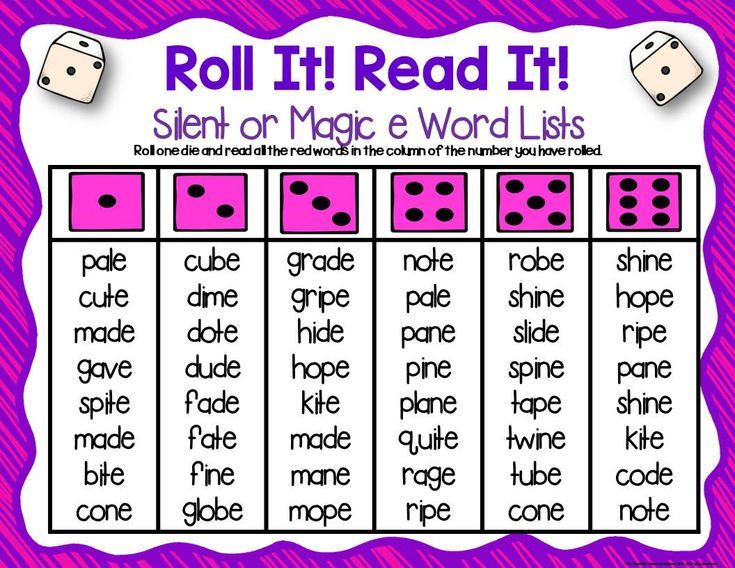 But early readers who are learning the rules of the English language need a little help.
But early readers who are learning the rules of the English language need a little help.
That’s where sight word games come in. We’ve compiled a list of fun activities that you can do with your young reader to help them learn sight words. And these activities are great for both you and your child.
For you, a majority of the activities require minimal supplies and prep time, which is great for a busy parent. For your child, the games are lots of fun, so they can learn without even realizing it.
But before we get to these fun activities, let’s be clear on the specific sight words your child will need to be familiar with.
What Words Should You Use For Sight Word Games?
Decades ago, an educator named Edward Dolch developed a list, used widely by teachers, of the words most frequently used in children’s books. He identified 220 “service words” and 95 nouns. The words are broken down by levels: pre-primer, primer, first grade, second grade, and third grade.
Some of the 315 words that comprise the two lists are very easy for kids to learn: a, I, it.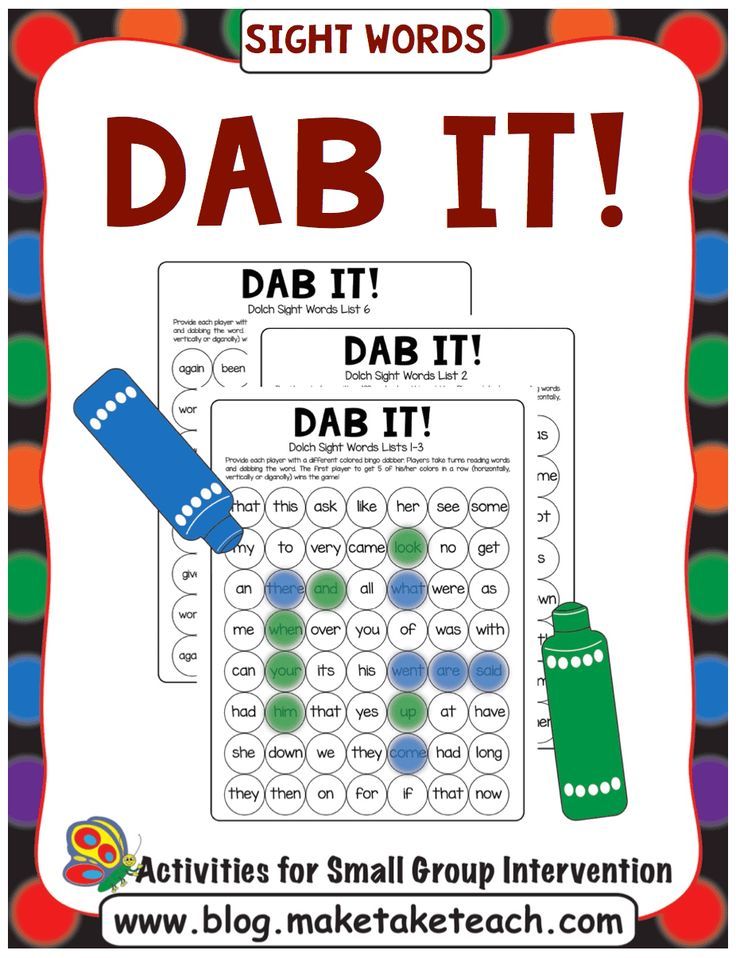 Others offer more of a challenge. For instance, the pre-primer list includes you, said, and where.
Others offer more of a challenge. For instance, the pre-primer list includes you, said, and where.
Here is a list of the 45 sight words we include in our Beginning Reader and Growing Reader pathways:
And, a, the, on, is, to, I, was, you, your, yes, no, do, they, with, that, are, said, girl, boy, were, this, look, like, want, has, of, what, see, go, play, here, very, good, his, her, there, where, have, walk, talk, know, blue, green, little.
Are Sight Words Just High-Frequency Words?
The short answer: not quite. But it’s a little more complicated.
While the terms sight words and high-frequency words are often used interchangeably, there are some key differences.
High-frequency words, as the name suggests, are the most commonly found words in our written language. For example, like, the, it, etc., are all high-frequency words. And some of them follow standard phonetic patterns while others don’t.
On the other hand, though sight words may frequently occur in text, what sets them apart is that they do not fit standard phonetic patterns or the applicable phonetic rules are more advanced.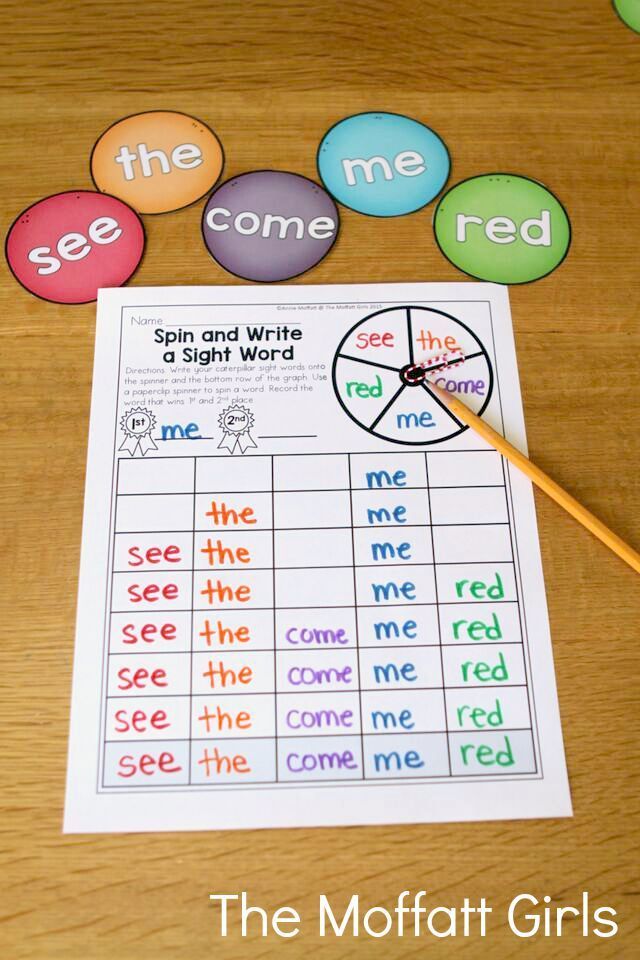 Therefore, they often need to be memorized.
Therefore, they often need to be memorized.
In essence, many high-frequency words can become sight words once a learner reads them instantly without trying to decode them.
One of the best ways to help kids get to this stage of word recognition is to continue exposing them to sight words. This is where games come into play!
13 Fun Sight Word Games To Help Your Child Learn
Parents wear many hats — companion, guidance counselor, teacher, and so on — and all of them are crucial. But one of the most enjoyable parts of being a parent is cutting up with your child and having a little bit of fun.
The good news? Your child can learn and have fun at the same time while playing these games!
We know how invested you are in your child’s future. We want to help you set them up with the best tools for success in the easiest, most enjoyable way possible. So here are some sight word games that will get their brain working and their belly laughing!
1) Sight Word Twister
This is a version of the popular game Twister.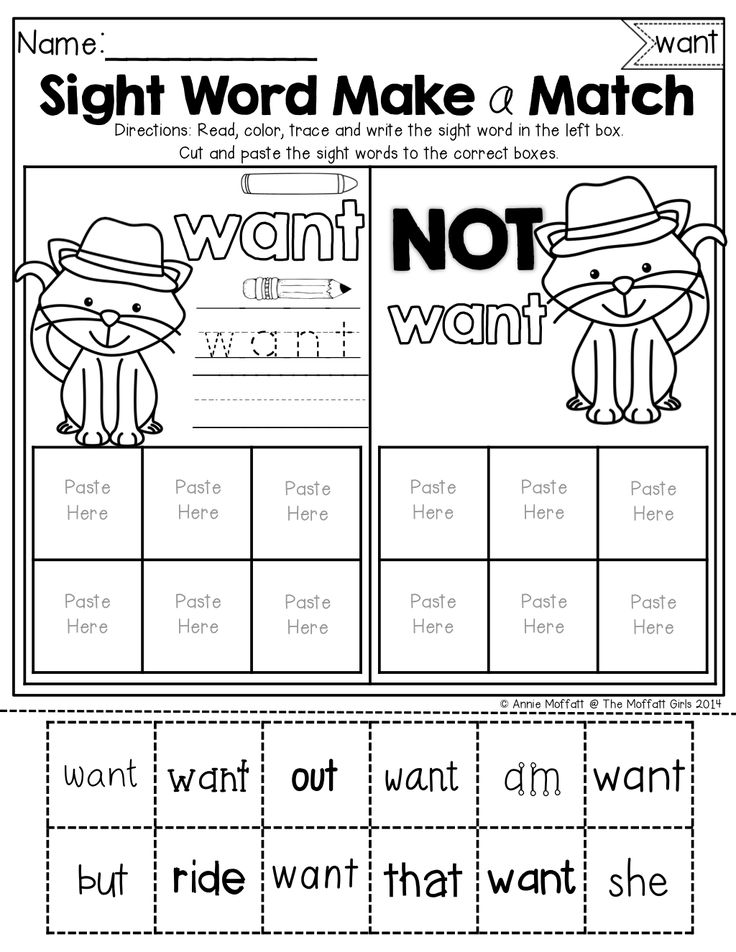 If you want to try this game, choose between six or twelve words to work with at a time.
If you want to try this game, choose between six or twelve words to work with at a time.
That number will depend on your child’s comfort level with sight words, their attention span, and the amount of time on your hands! Feel free to start small and work your way up with additional rounds.
Write each sight word you chose on a blank index card. Then, clear a space on a wooden or linoleum floor and tape each word so that they are all just a little bit apart from each other (make sure your little one can still reach!). Now the fun begins.
Tell your child to find one of the words — have, for instance — and place an elbow on the word. Then they must put their knee on a second word and their nose on a third. You can go on to a fourth, fifth, or sixth word, or you can stop at three.
Your child isn’t the only one who has to twist and turn. In our experience, children want you to play along with them and be just as silly about the shapes you make with your body!
Plus, giving your child the chance to choose the word you have to touch helps them practice reading their sight words.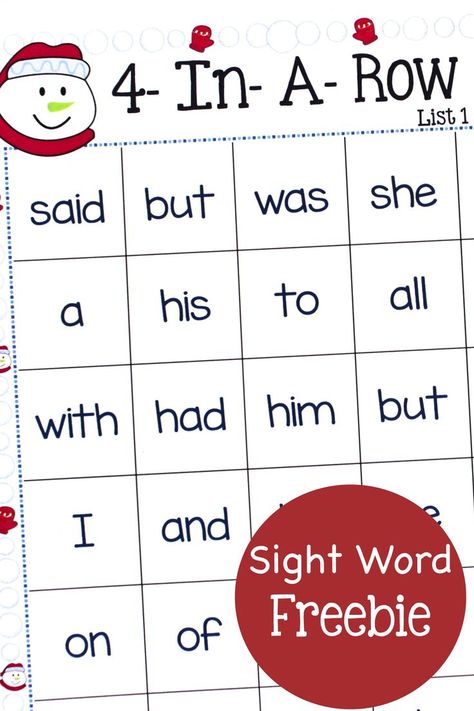 Being the “game boss” will give them another opportunity to learn!
Being the “game boss” will give them another opportunity to learn!
Your child may have a blast with this game and insist they want to keep going, but it’s best to limit your play to two or three rounds per player. That will help keep them from getting bored with the game (and give their brain a chance to rest!).
2) Pick The Word
If you want to try this game with your child, write your six sight words on index cards — one word per card. On a separate sheet of paper, list the six words twice — one list for you, one for your child.
Next, place the index cards with the words facing down. You can take the first turn. After picking a word from your list, flip four of the cards so the words are showing. If you uncover the word you’re seeking, you can cross that word off your list.
At the end of your turn, flip the cards back over, mix them up, and give your child a turn at flipping four of the cards.
If on your first turn you did not find the word you wanted, you have to hunt for the same word on your next turn.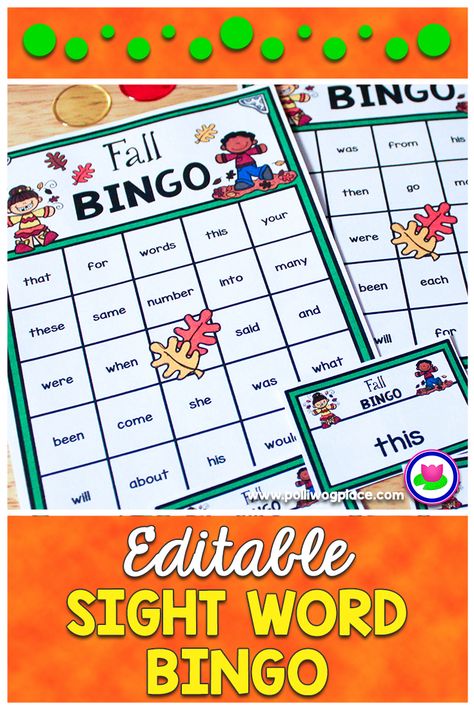 If you found the word you wanted, pick a second word from the list.
If you found the word you wanted, pick a second word from the list.
The first player to cross off four words wins. To make the game more challenging, you can turn over three cards per turn instead of four, or you can aim to find all six words instead of just four of the words.
3) Word Match Up
On a sheet of paper, write your six sight words three times. Your child’s job is to draw a line that connects each word to the two identical words on the sheet.
After drawing a line that connects the first three words, it’s time to connect the next three matching words.
This game may sound pretty easy, but here’s the hitch: your child cannot cross any line already on the page. The page gets pretty crowded with lines, so this is not an easy accomplishment. They may end up with some kooky, loopy lines — and that’s the goal!
Try it yourself. The more you stumble and struggle, the more your child will enjoy the game!
4) Word Toss
If you’d like to give this game a go, write each sight word on its own Post-it® and then stick the words on the floor.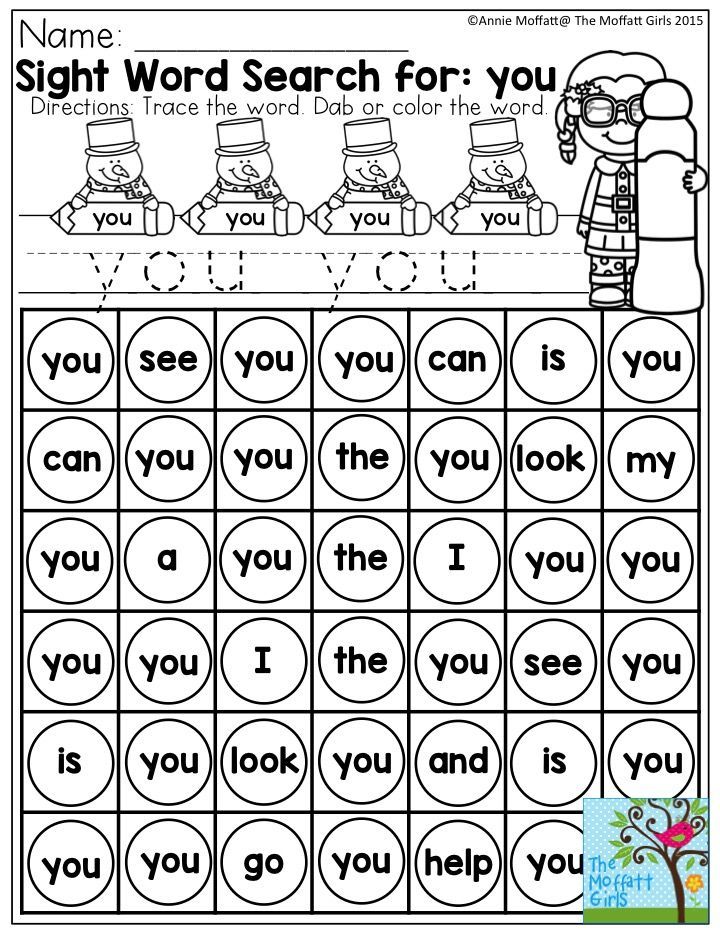 You can also stick them to a wall or a door.
You can also stick them to a wall or a door.
Get a soft toy, like a small stuffed animal, and stand a few feet away from the words. Choose a word and say it aloud. Your child must toss the toy so that it hits the right word.
Your turn next. Your child picks a word for you to hit. The game is more fun if you miss, so don’t worry about having poor aim. You can play to see who reaches a set number of points or who has the most points after five or six rounds.
5) Sight Word Bingo
Selecting from the Dolch lists, you can make custom Bingo cards that use sight words. It makes the perfect, classic sight word game for your child!
We’re sure you know how Bingo works, but just in case, we’ll give you a refresher. Set up one regular bingo board each for you and your child. If more people are playing, you might have teams or make sure you have one card for each player.
Tell your child to pick 24 words. The same words will go on both boards, but in different places on each board.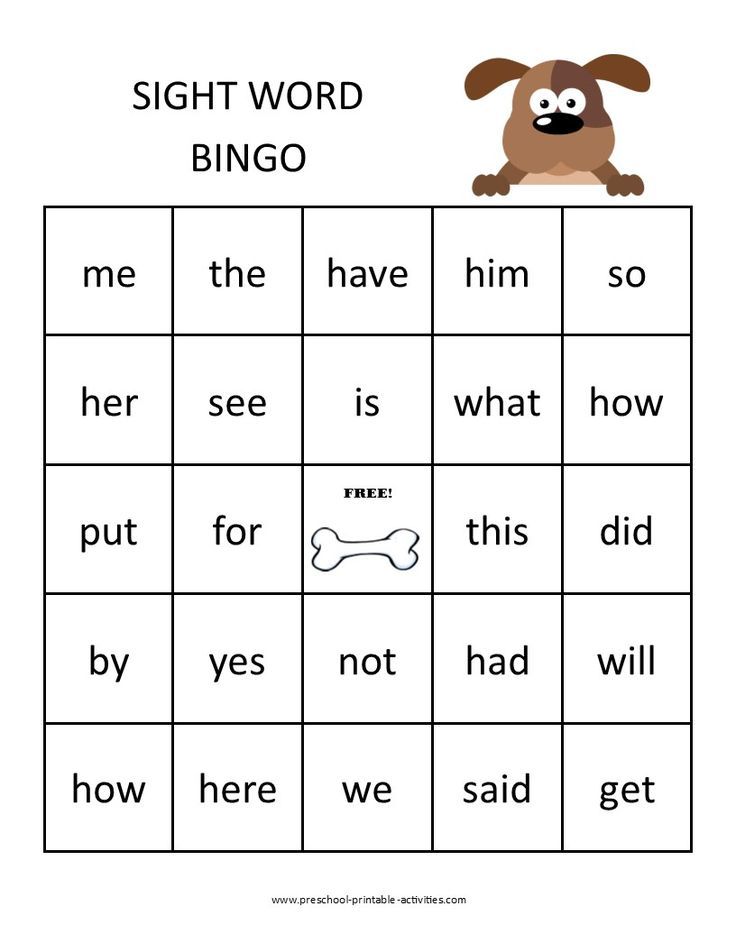 Then write the words on index cards. Turn the cards over and mix them up.
Then write the words on index cards. Turn the cards over and mix them up.
Players will take turns picking cards — reading the words and finding each word on their card. When they find a word, they will cover it with a token or a penny. The first person to get five words in a row wins. Bingo!
6) Sight Word Go Fish
Introducing your child to this game will be easier if they have prior experience with Go Fish. If they don’t, that’s OK, too! It’s easy to learn and a blast to play.
If you’d like to give this game a go, use index cards or cut pieces of paper for playing cards. You can write matching pairs of whichever sight words you want your child to focus on. It’s important that there are at least two cards for each word — the point of Go Fish is to match them!
We recommend starting with 20 cards (ten sets of words) and giving each player five cards in their hand. You can decrease the number for younger children and increase the number (or difficulty) of words as your child gets more comfortable playing.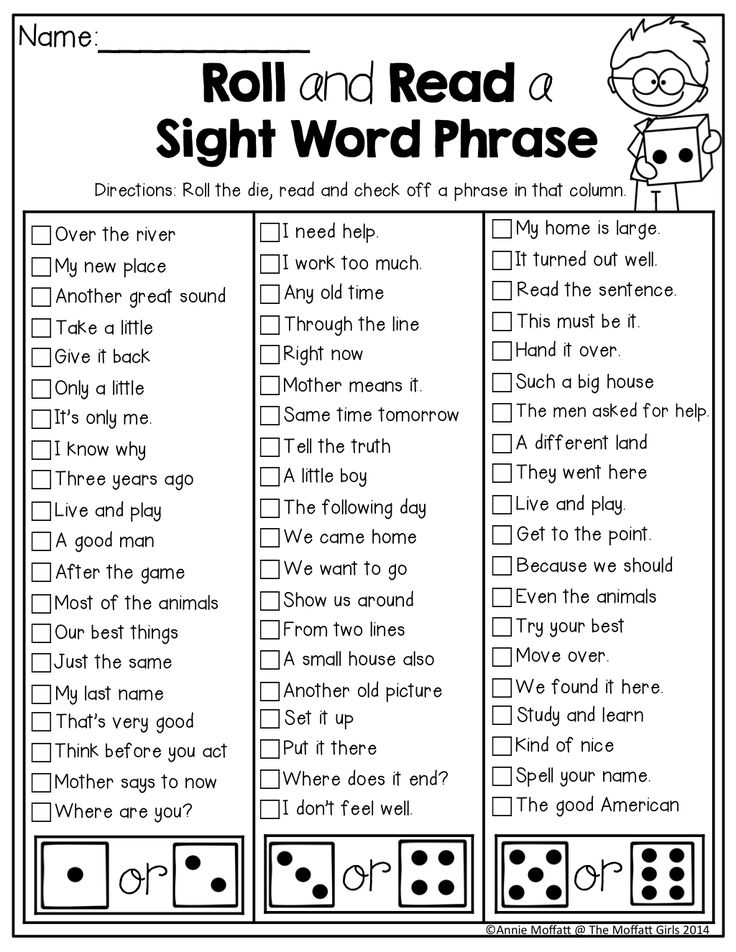
Tip: For younger kids, you might let your child lay the words on the floor and hide them from you by using a book as a shield rather than them holding the cards in their hand, as that can be challenging.
Your child will read out the word they want to match. If the word is an, for example, and you have the other an card in your hand, then you have to hand it over. If you don’t have the matching card, then you tell them to “Go fish!” from the pile of extra cards.
If your child is a little older and experienced with some sight words already, feel free to sprinkle in words they already know.
The familiarity will help their confidence as they work with their new words. We all like the feeling of knowing how to do something correctly — reinforcing their knowledge positively (like through a game!) will help keep them encouraged to learn more.
7) Sight Word Scavenger Hunt
This option is super versatile — it can be played indoors or outdoors!
We all love a good, old-fashioned scavenger hunt.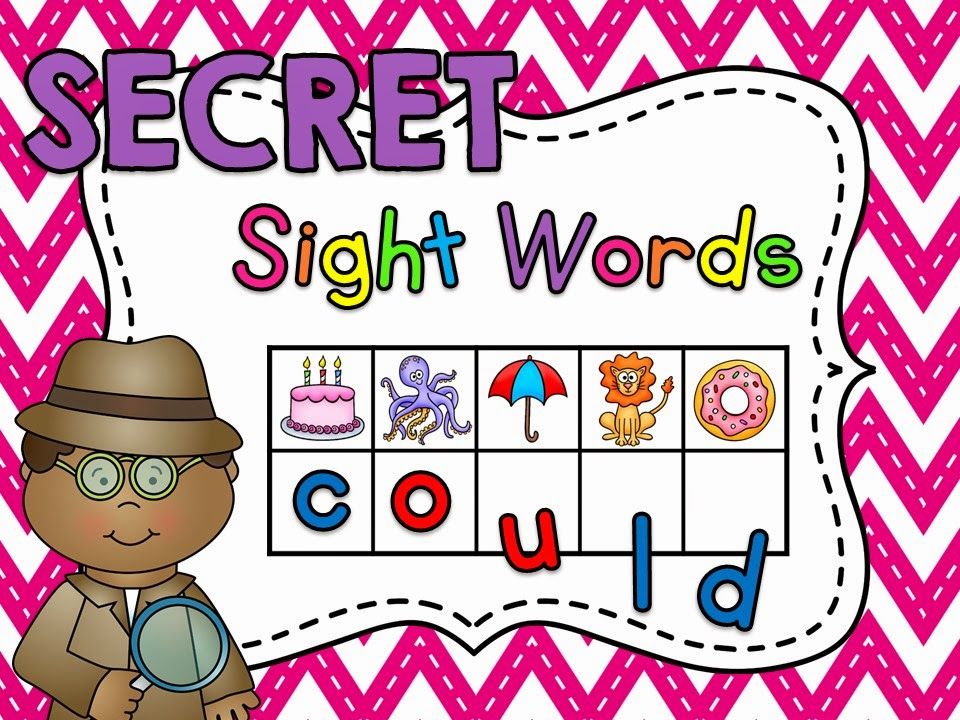 Instead of hunting pastel eggs filled with candy, though, this game has your child hunting their sight words.
Instead of hunting pastel eggs filled with candy, though, this game has your child hunting their sight words.
If you want to try this game with your child, write the sight words you want to use on a stack of index cards and number them 1-10. It may also be beneficial to write the words on a separate sheet of paper for your child to reference so they know the selection.
Then make a list of clues for those same words on a separate piece of paper. For example, one clue might be, “I __ a cookie” (have) or, “What word rhymes with buzz?” (was).
Next, simply hide the cards in places familiar to your child. You can use the backyard, a favorite park, or your whole house if it’s an extra rainy or cold day. They’ll use the clues to figure out which words to search for.
Tip: make sure you remember where you put the cards! You’ll need to keep in mind the different locations while you write out your sheet of clues. The numbers on the cards should coincide with the clues. Have fun with some wacky rhymes and hints that will get your child laughing!
The clue list can also be made optional. If you’re working in a small space, your child can always just try to find however many words you hid. If they know to look for 10 cards, then they can just run wild through the room (hopefully not upturning furniture!) searching for them.
8) Sight Word Tower
This is an easy, fun sight word game for your child to try that we guarantee they’ll love — because it involves things crashing and making a mess (but one that’s easy to clean up, we promise!).
While trying this game, you’ll need a stack of paper or plastic cups that you don’t mind writing on with a marker. Near the rim of each cup, write a single sight word you want your child to focus on (that way all the cups are the same).
Then your child simply picks up the cup, reads off the sight word, and tries to create a “tower” or “castle” out of all their sight word cups! Here’s the rub — you can only have three cups on the floor! All others must build on top of those three and cannot be inside each other.
The trick is to make sure the cups don’t fall over — if they do, you have to start again! They win once they stack all the cups (and read all the sight words!).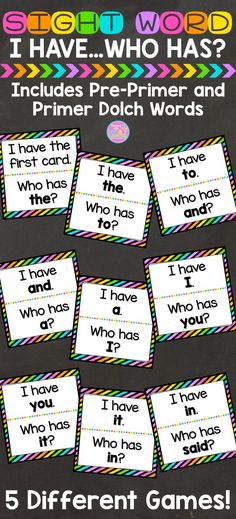
9) Volleyball
This sight word game is easy and simple as well. All you need is an inflatable beach ball that you can write on with a permanent marker.
For each “sliver” of the beach ball, you’ll simply write down a sight word. Then you and your child will toss the ball back and forth. If you want to simulate a proper volleyball game, then you can do this over a net propped up in a yard.
When you catch the volleyball with your hands, you have to read aloud the two words your thumbs touch. For example, your left thumb may touch the word “blue” while your right thumb touches the word “our.” Once you read the words, toss the ball back to the other player.
You don’t have to write in-between the lines on the ball, either. To make it wilder (and challenging!), you can write words all over the ball. That way the words your child “catches” are even more unpredictable.
10) Sight Word Path
All you need for this fun game is masking tape (or painter’s tape), index cards, and a marker.
First, write one sight word on each index card. Then, arrange your cards face up on the floor to make a “path.” This path doesn’t have to be straight. It can have as many twists and turns as you’d like (i.e., over the chairs, under the table, etc.).
When placing the cards, make sure they are close enough to each other that your child can step from one card to the next. Important tip: Don’t forget to tape them down with your masking tape to prevent slips or falls. Safety first!
Your child will need to stand at the beginning of the “path” you’ve created and read the word on the first card out loud to start the game. Then, when they’ve read it correctly, they step onto that card.
The goal is to read the next word, and the next, and so forth until they reach the end of the path. If you’re playing with multiple children, each child can start once the player before them has gotten to the end of the course.
Once your child is comfortable with this game, encourage them to read and walk more quickly.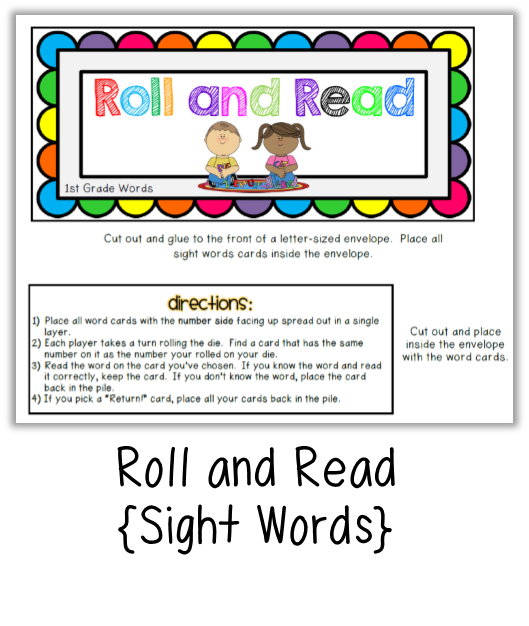 If they are just starting to learn sight words, you can first introduce them to easy terms and increase the difficulty as they go along.
If they are just starting to learn sight words, you can first introduce them to easy terms and increase the difficulty as they go along.
This activity helps kids read sight words quickly and gain confidence through repetition. They’ll also be burning a lot of energy in the process!
11) Hangman
Hangman is a popular game that can also be great to help children learn sight words. To begin, grab some index cards, a marker, and some sheets of paper.
Write one sight word on each index card. Then, use your marker to draw a Hangman “scaffold” on a sheet of paper. (You can also use a chalkboard and chalk for this activity if those are available.)
Next, place the sheet of paper in front of your child, and put the index cards face down next to it. To play, have your child draw a card from the stack and read it aloud. Give them five to 10 seconds to do so.
If your child mispronounces the word on their card, show them how to add the first body piece to the hangman structure (e.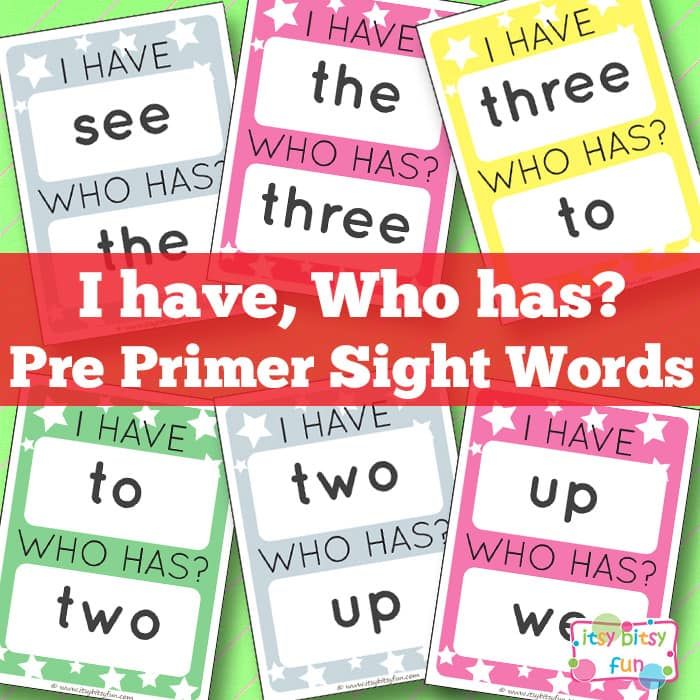 g., the head). That index card will then return to the bottom of the stack for them to try again later.
g., the head). That index card will then return to the bottom of the stack for them to try again later.
(Remember to help them pronounce this word before returning it to the stack so that they’ll be better prepared next time.)
If they pronounce the word correctly (yay!), move that card to a “correct” pile. Then, continue playing until all the Hangman body pieces have been added — head, torso, arms, and legs.
Once the game is over, have your child count all the cards from their correct pile and tally this as their score. If you’re playing with more than one person, the one with the most cards is the winner! Note: Each child will need their own sheet of paper with the Hangman structure.
If you’re playing with very young children just starting to learn sight words, you can take two turns to draw each body piece (e.g., for legs, you can draw from the waist to knees, then the knees to the feet). This will give them more chances to get words right before the game ends.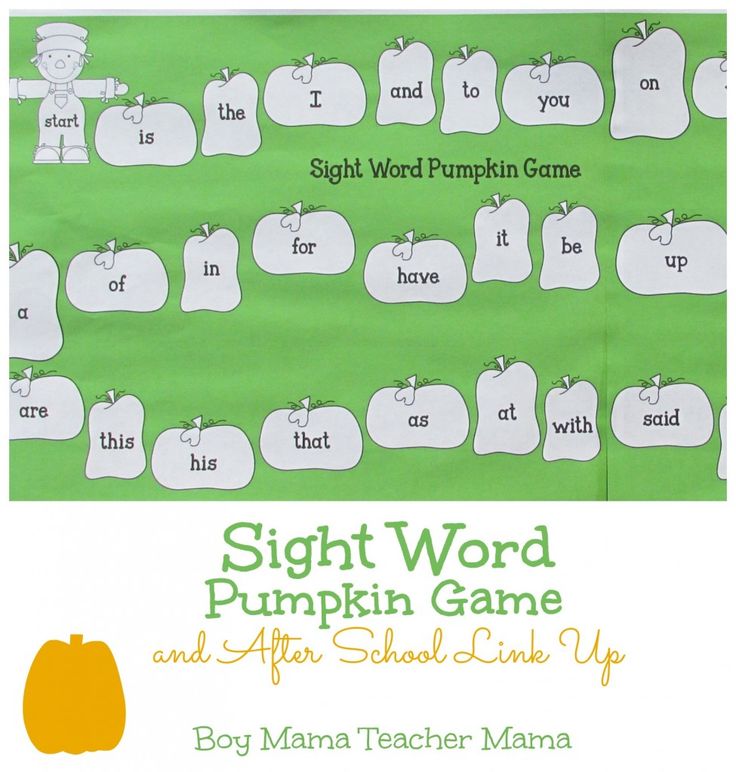
If your child or children are more familiar with sight words, begin the game with the head and torso already drawn, giving them fewer chances to make mistakes.
Also, since any mispronounced words get returned to the stack of cards, your child will be exposed to them again, giving them more opportunities to get the pronunciation correct.
12) Sight Word Discovery
Most kids love discovering interesting items in their homes or backyards. Sight Word Discovery takes this natural love for exploring and mixes it with learning.
You’ll need a few items to get started — index cards, a marker, a large plastic tub, a lot of sand, and craft sticks and rocks (these are optional).
First, write a sight word on each index card. Then, fill the large plastic tub with sand. While filling it up, randomly put the index cards into the tub. You can add some sticks and rocks to the mix as well.
For this game, your child will need to act as a paleontologist who’s on the hunt for sight words (no fossil-finding today!).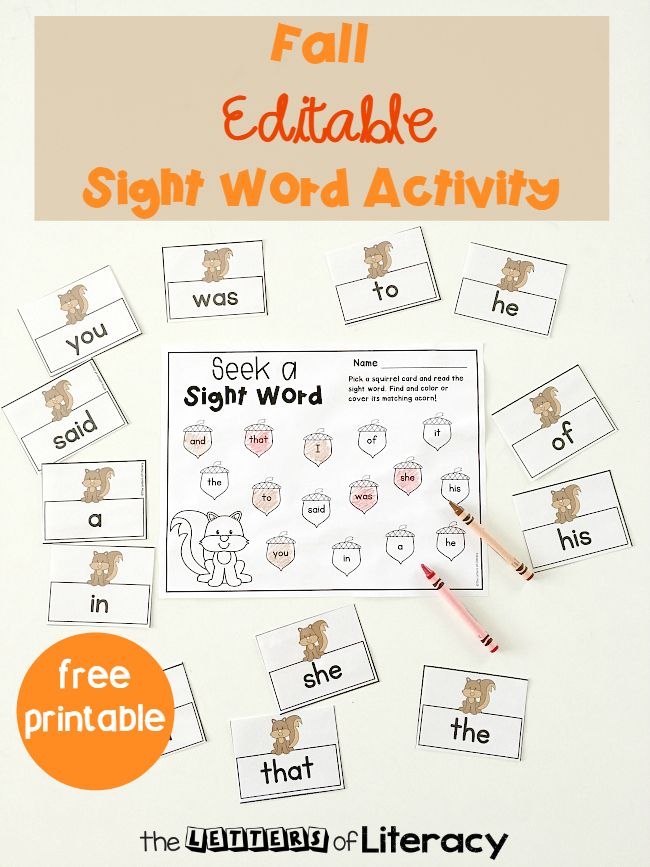 Every time your child finds a new card, have them read it aloud.
Every time your child finds a new card, have them read it aloud.
Wow! Look what I found! It’s “the!”
Sometimes parents find it difficult to encourage their children to participate in learning activities or games. But, since children often love playing with sand or dirt, you don’t have to worry about that here!
13) Sight Words On Playdough
Hands-on learning activities are a great way to help children grasp many concepts. That’s because they’re very interactive, allow for creativity, and help to make abstract concepts real.
All you need to get started with this game is playdough, magnetic letters (or letter cutouts from cardboard paper), index cards, and a marker.
The goal is to encourage your child to construct sight words using the magnetic letters. They will then place these letters upright on the playdough.
To play, place a stack of index cards in front of them, face down. Each index card will have a sight word. When your child draws a card, they’ll need to read it aloud and then construct the word on the playdough.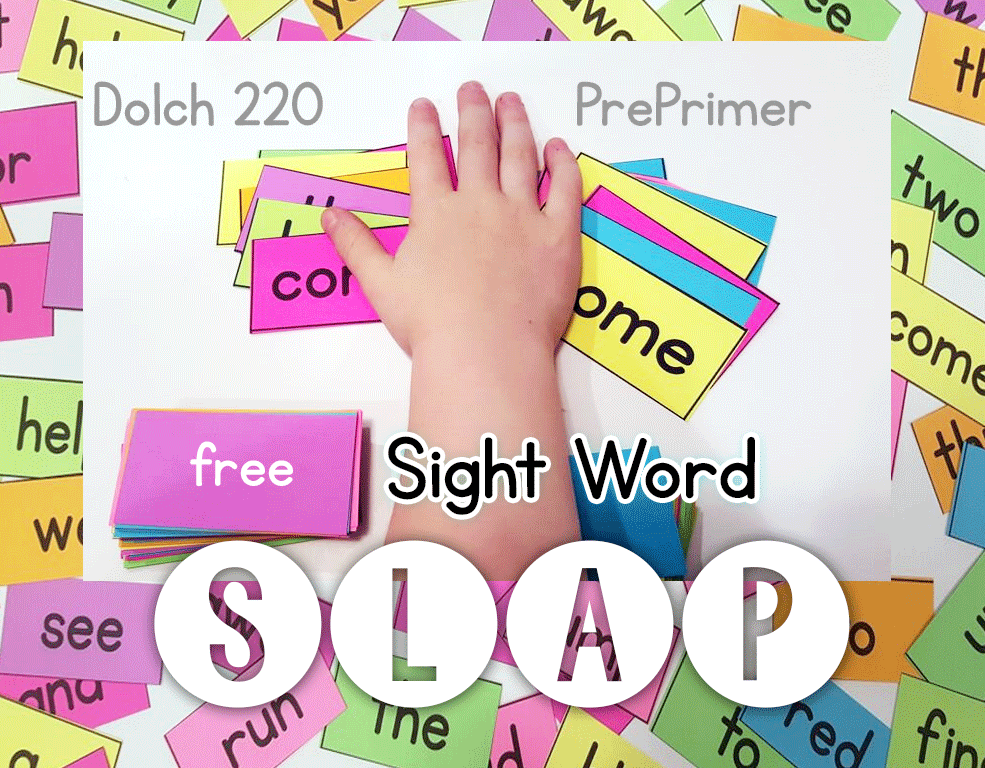
For example, if your child draws the word like, they’ll need to read it, find the word’s letters, and place them upright on the playdough.
To make things a little more interesting, give your child a timer and ask, “How many words can you construct in five minutes?”
This is a great hands-on learning activity to help kids build their own sight words. And playing with multiple children can add some friendly competition.
What About Reading?
Here at HOMER, we’re big advocates of early childhood reading.
Not only do books expose your child to sight words (and high-frequency words), but they also help improve their vocabulary, strengthen their concentration, and expose children to the world around them.
In addition to playing the above sight word games, you can also continue to read regularly to your child to familiarize them with sight words.
Here are a few activity books you can also check out:
- Learn to Read: Sight Words Storybook (For three to five-year-olds)
- Sight Words Word Search Book for Kids (For four to eight-year-olds)
- 100 Sight Words Kindergarten Workbook (For four to six-year-olds)
- Sight Words Activity Book (For five to nine-year-olds)
- Sight Words and Spelling Workbook (For six to eight-year-olds)
Sight Word Games Are Fun And Functional
Games like these are easy to play, require very little equipment, and are highly effective. The more you play these or similar games, the faster your child will learn lots of sight words, which will make them stronger, more confident readers.
The more you play these or similar games, the faster your child will learn lots of sight words, which will make them stronger, more confident readers.
We hope you found some interesting options in this list that you’ll try with your child. Remember, sight word games are all about having fun and learning at the same time! Your child will work up their stamina the more they play these sight word games.
And as always, we’re here to offer a helping hand any time you need it. If you find yourself struggling to fit in practice time for your child’s sight words, you can leave them in our hands with the HOMER Learn & Grow app!
Author
I put in my backpack, Forbidden words, The best day of life, Numbers with meaning and other non-banal entertainment.
Related materials
3 mistakes when transporting children - we all make them (at first)
Anyone who loves to travel with the whole family knows that five minutes after the start, the children begin to languish.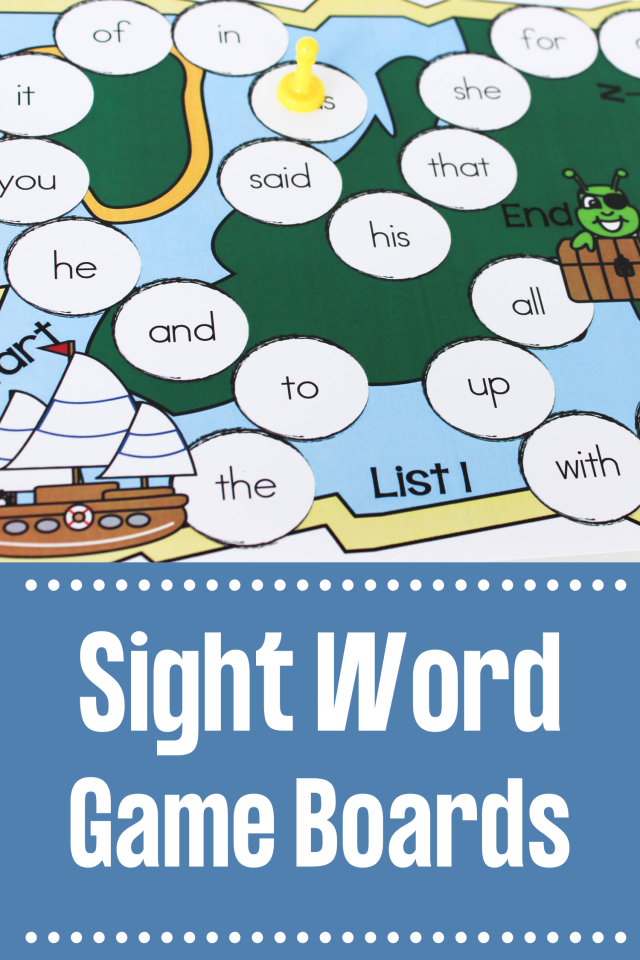 Of course, for a while they can be distracted by a phone or tablet, put on a selection of songs, turn on Children's Radio or an audiobook. You can stock up on children's crossword puzzles in advance and guess them together. But after some time, this will get boring, the children will want more active entertainment, and then you will need to turn on your imagination.
Of course, for a while they can be distracted by a phone or tablet, put on a selection of songs, turn on Children's Radio or an audiobook. You can stock up on children's crossword puzzles in advance and guess them together. But after some time, this will get boring, the children will want more active entertainment, and then you will need to turn on your imagination.
Fun games on the go are uplifting, and it's great if the whole family is involved.
I see what you don't see
The rules are simple. The host marks (for himself) an object in the field of view of travelers, and the task of the players is to guess it by asking a minimum of questions. Moreover, only “yes” or “no” answers are allowed. Warning: the game is addictive.
Guess people or animals
Begins: "I think you know him." And then, for example: "This animal can fly." And with the help of leading questions, you need to guess what kind of animal it is. Alternatively, you can guess someone from your family or friends. For example, this person wears glasses. The question is when do you read? Yes. The next question is is it old? No. Does he have children? Yes. That is, in this case, the answers can also be only “yes” or “no”.
For example, this person wears glasses. The question is when do you read? Yes. The next question is is it old? No. Does he have children? Yes. That is, in this case, the answers can also be only “yes” or “no”.
Guess the song
The players alternately hum or whistle the song. Others guess its name or artist. Whoever recognizes the song first wins. Children's songs, famous pop singles, whatever musical memory has to offer will do. At the end, the guessed song can be sung together - this will cheer everyone up.
Hit Parade
Together you are looking for a song that everyone knows. For example, "Let the pedestrians run clumsily through the puddles." The parent assigns in what mood you should perform it. For example, sad or cheerful, in the style of a march or hip-hop. Who won? Yes, who will come out funnier, although here is the case when the process is more important than victory.
I'm putting in my backpack...
The first player starts with "I'm putting in my backpack.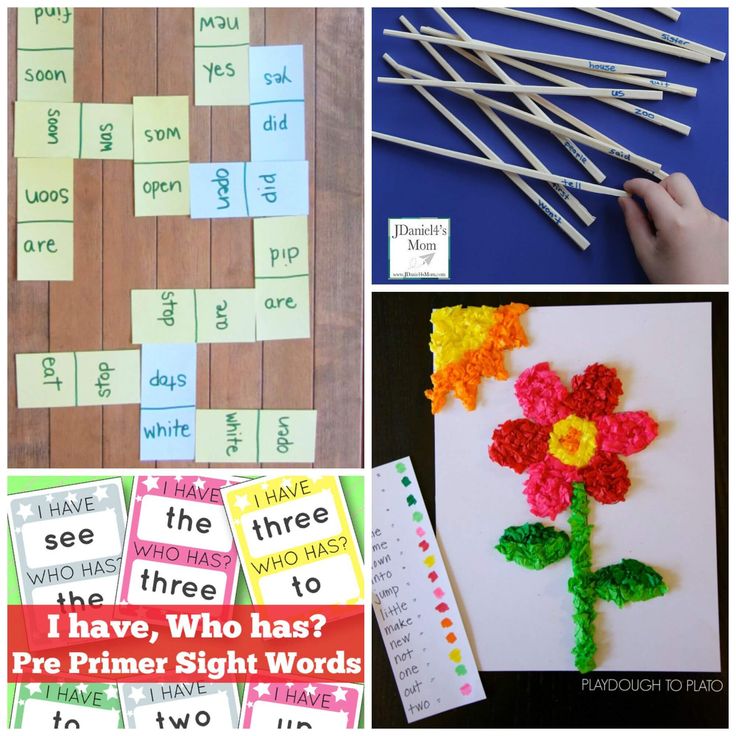 .." and comes up with something, like a hairbrush. The next player repeats the item of the first player and adds his own - a comb and a bottle of water. The one who forgets at least one of the previous items will lose. True, it is advisable for the host to keep a list so as not to make a mistake.
.." and comes up with something, like a hairbrush. The next player repeats the item of the first player and adds his own - a comb and a bottle of water. The one who forgets at least one of the previous items will lose. True, it is advisable for the host to keep a list so as not to make a mistake.
Forbidden words
"Don't take white and black, don't say 'yes' and 'no'." There is a leader and there is a player. The task of the presenter is to force the player to say forbidden words, and it is important for the player not to let it slip for as long as possible. Questions should be asked tricky, for example, it can be difficult to evasively answer the question: “What color is sugar?” or “Tell me, do you really like ice cream?” Alas, sooner or later the player lets slip, the main thing is to deftly lull his vigilance! If a word is accidentally said, the players switch roles. For reference, the first question can be answered: "The same as printer paper."
In the classic version of the game, it always started with the question: "Will you go to the ball?", but today's children may not know about balls, so you can ask any questions.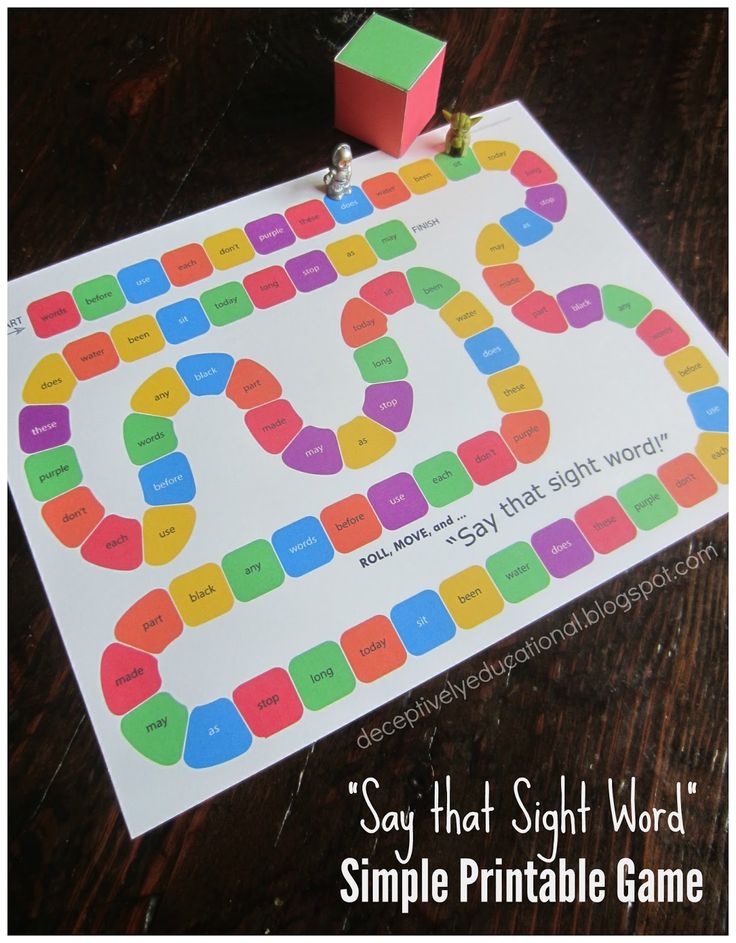
The best day of their lives
The children are asked one by one to describe how they see the best day of their lives. A serving of chocolate ice cream for breakfast instead of porridge, and then jumping on the bed to exhaustion. Then dress up and go to an amusement park, ride a ferris wheel there, go to an upside down house, eat your fill of french fries, ride a pony, and end the day in a cafe where you can get three cream cakes and a big vanilla cocktail. Or is your child's ideal day completely different? The long journey is a great opportunity to learn about it. You may be very surprised by its history, and some dreams can be realized already on vacation - at least about ice cream.
Your color
Here each player names their favorite color and then looks for it in things around. The first one to find ten objects of this color is the winner.
"Scary" stories
In the "black-black room sat a black-black man" - do you remember? Let's create stories together.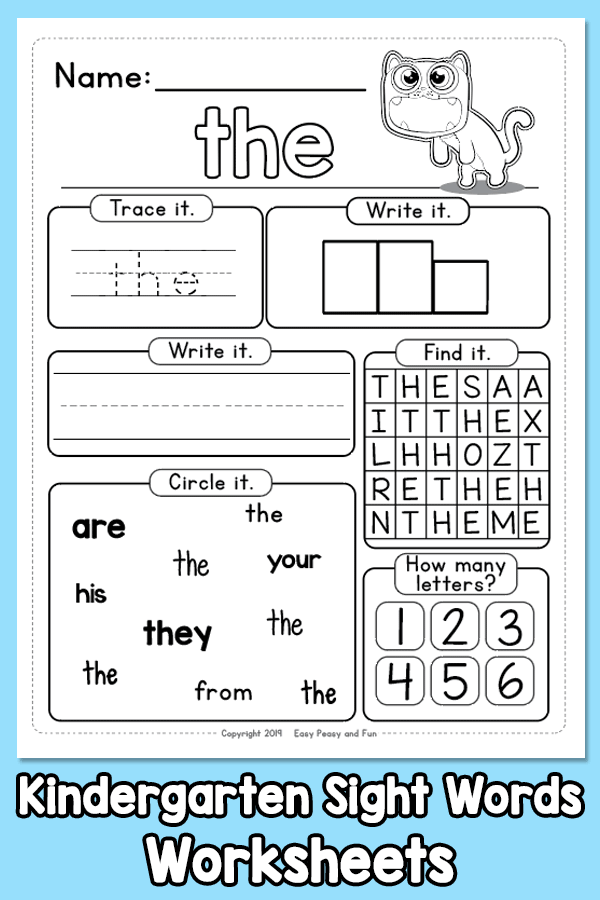 The host tells the end of the story, others guess how it happened. Example: there are red shoes in the meadow, they are stained with mud, but their hostess is not around. What happened to her? This is more suitable for children 5-7 years old and older, the kids will not understand and may be scared.
The host tells the end of the story, others guess how it happened. Example: there are red shoes in the meadow, they are stained with mud, but their hostess is not around. What happened to her? This is more suitable for children 5-7 years old and older, the kids will not understand and may be scared.
Vehicle signs
Related materials
10 ways to entertain your child (and yourself) on the road
And this is a game for schoolchildren: all participants receive a piece of paper and a pencil. Now they have about 10 minutes to look at the license plates of cars passing along the road. Everyone writes down five numbers of their choice without telling the other players. Then one of the adults tells the children the numbers of the cars that he sees himself. If the child already has such letters and numbers, he crosses them out of his piece of paper. Whoever crosses everything out first wins!
Or another option: you keep looking at license plates of passing cars and trying to make sentences out of them.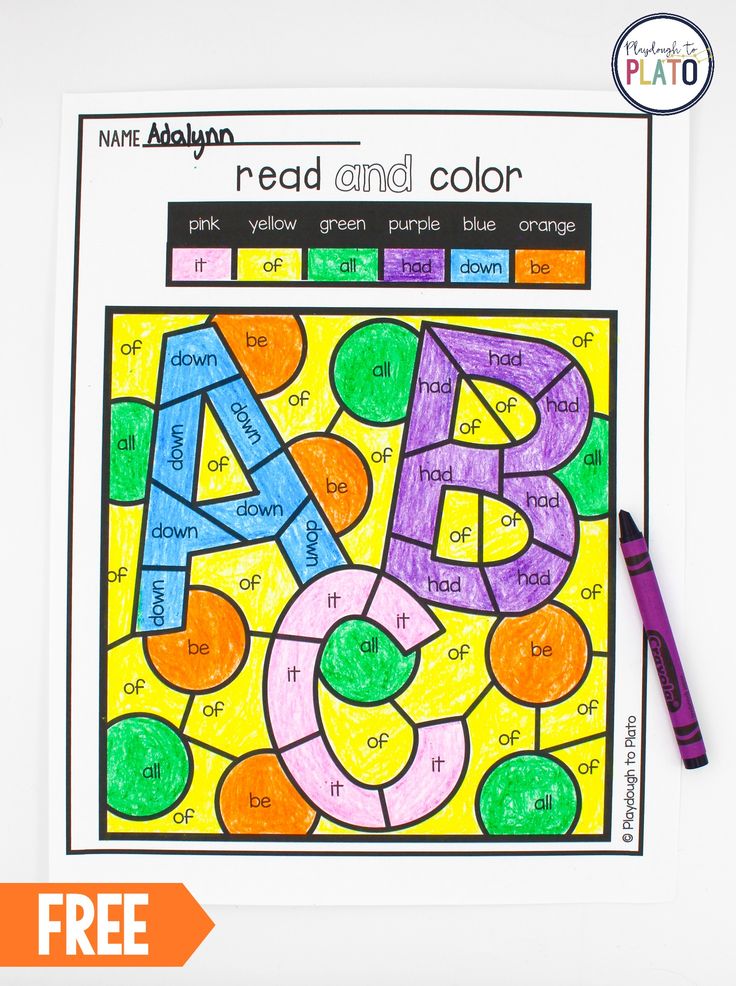 It often turns out funny, even the baby "gets infected" and laughs along with the older children. For example: N *** TV - "You must be lying!" or M *** SK - “Misha is a super pump!” The winner is the one who quickly comes up with a coherent and funny phrase.
It often turns out funny, even the baby "gets infected" and laughs along with the older children. For example: N *** TV - "You must be lying!" or M *** SK - “Misha is a super pump!” The winner is the one who quickly comes up with a coherent and funny phrase.
Who will be the first to see
And this is fun for very, very little ones. It is unpretentious - "whoever sees it first" on the road or along it. For example, a red car or a dog, a grandmother with a wand or a mother with a stroller. And believe me, this is also very exciting, especially if you say the terms funny and show them with facial expressions and gestures.
In general, it is important to choose the game that suits the age and character of your child. Good mood and fun tireless journey!
If you enjoy other games on the road, tell us about them in the comments. Let's make the second part of the publication!
Photo: Depositphotos
what to play with friends besides "Bouncer" and "Crocodile"
What to play with children and friends, except for "Bouncer" and "Crocodile"
A picnic on the beach or in the woods, kebabs and dacha gatherings… What to do with a noisy company so that the kids don't get bored and adults feel like children again in the best sense of the word? We offer 20 active and not so active games that can be played at any age and in any natural locations.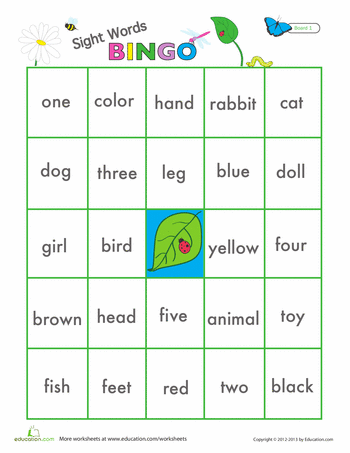
Ball games
Attention games
1. "Sabzhe".
Good old classic! The rules are simple: the facilitator loudly asks a question and throws the ball to the player three times, offering three possible answers. If the player likes the option, he catches the ball, if not, he hits it. If the ball is hit all three times, the last answer is considered correct. Also, one of the three times the host can say: “Sabzhe!” And if the player catches the ball, then he has the right to answer on his own. The questions are most often the simplest, for example: “What is your name?”, “What is your job?” etc.
Making it harder: as a memory exercise, you can ask young children to remember all their answers after the game and tell the resulting story based on them.
2. “Edible and inedible”, as well as other variations of “Sabzhe”.
The range of questions in such games is limited to a specific topic. For example, in “Edible and inedible”, the presenter names different products or foreign objects and throws a ball: the player must catch it if something edible is named, and beat it off if it cannot be eaten.
In the game "Who was who?" you need to catch the ball and quickly answer the question. Example: "Who was the cow?" - Telecom. Older children and adults will be more interested in the option when, when hitting the ball, you need to come up with a rhyme for the named leading word.
The advantages of such games: they can be played in a joking manner, and at the same time develop memory and ingenuity by asking tricky questions.
3. Potato.
The game is good for a big company. Participants stand in a circle and quickly throw the ball to each other, acting as a "hot potato". The player who dropped the ball must squat down in the center of the circle. To return to the place, he needs to catch the flying "potato" without getting up on his feet. Other players can save eliminated participants by throwing a ball at one of them. If the ball is caught, everyone returns to the circle. If not, the player who threw the ball himself joins those who are squatting.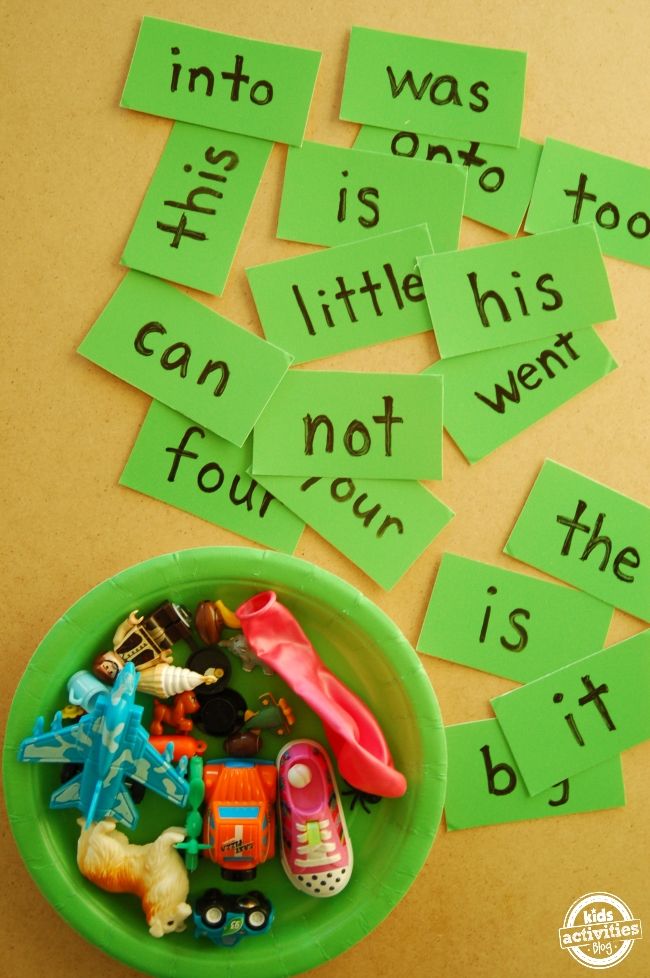
Making it more difficult: the larger the circle and the distance between the participants, the more interesting it is to play. You can also not throw the ball, but hit it, as in volleyball.
Active games
4. Dodgeball.
One of the most popular outdoor games. On the ground, at a distance of several meters, you need to draw two lines parallel to each other. Behind the lines are two "bouncers", and between them - the players. "Dodgers" throw the ball, while aiming at the players. The participant hit by the ball leaves the field. Accordingly, the task of the players is to dodge the ball, and the goal of the “bouncers” is to knock out all the players one at a time. When the last participant remains on the field, he must dodge the ball as many times as he is old.
5. Volleyball.
If there is a net in the park or on the beach, you can play by all the rules: divide into teams of 3 to 5 players each, serve and hit the ball, keep score.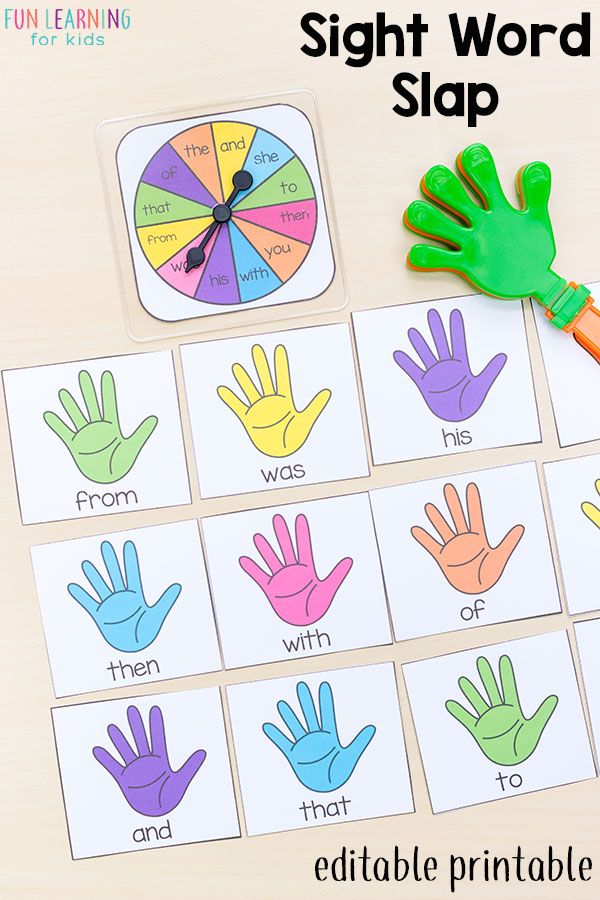 Points are counted if one of the opponents missed the ball, touched the net with his hand or ball, entered someone else's territory or ran out of the playing area, as well as in case of an unsuccessful serve.
Points are counted if one of the opponents missed the ball, touched the net with his hand or ball, entered someone else's territory or ran out of the playing area, as well as in case of an unsuccessful serve.
However, it is quite possible to play amateur volleyball without a net - just stand in a circle and serve each other and hit the ball in the same way. And if the place allows, you can also play a team game by drawing a conditional line that will act as a grid.
6. Pionerball.
Soviet and simpler analogue of volleyball. The main difference is that the ball should not be hit, but caught. After that, you must either immediately throw the ball to the side of the enemy, or pass the pass to another player from your team. You cannot touch the ball more than twice, throw it up and catch it yourself. Ideally, pioneerball also needs a playground with a net, but you can also play a simplified version without it.
Games that require inventory
Let's continue our list with games that require special equipment.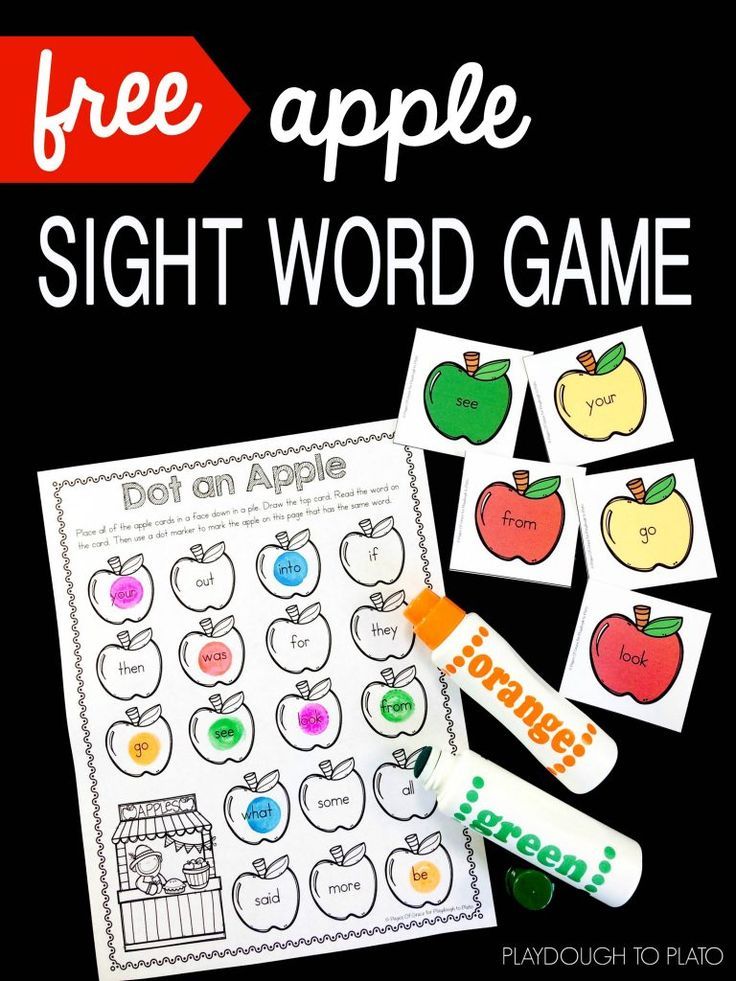 Don't worry: all the components are light, small in size and will fit into any sports bag or backpack.
Don't worry: all the components are light, small in size and will fit into any sports bag or backpack.
7. Frisbee.
You can throw a plastic plate to each other in a circle, or you can compete who will throw it the farthest.
8. Badminton.
The classic summer game. Do not forget that it needs calm weather.
9. Twister.
Why not? The playing field for the Twister can be placed both on the ground and on the sand, and falling in case of defeat is much more pleasant in the grass than on a hard floor. The main rule is the more players, the more fun! The facilitator says what color circle each player should put his hand or foot on. The task of the participants is to stand in a bizarre pose.
10. Darts.
The target can be attached to any tree to practice your marksmanship. Darts is good both as a team game and as an individual competition. You can also inflate a few balloons, stick them with double-sided tape to a piece of cardboard and throw darts at them.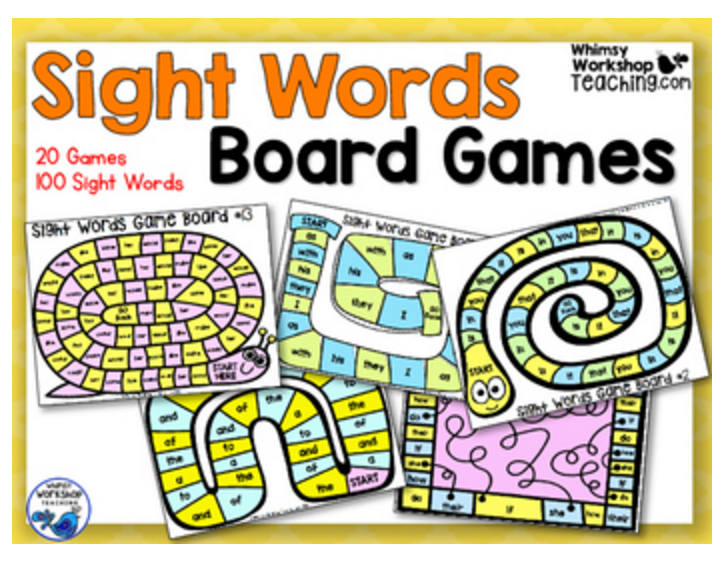 Get a homemade shooting gallery in nature!
Get a homemade shooting gallery in nature!
11. Launch the glider.
Styrofoam glider takes up little space, is inexpensive, but captivates children and adults alike. You can learn new launch techniques - make the glider dive or make a circle in the air, or you can arrange competitions for the longest (highest, longest) flight of the aircraft.
12. Flying a kite.
Flying a kite requires some skill, but it makes learning to fly it all together even more fun.
13. Water pistol battle.
An excellent analogue of paintball in the heat. We load a lot of pistols with water and arrange a battle! The losers will be seen by wet stains on their clothes.
Games without equipment
If you don't have a ball or other sports or game equipment, it doesn't matter! There are many interesting games that require nothing but a good mood.
14. "The sea worries once."
A game familiar to everyone since childhood.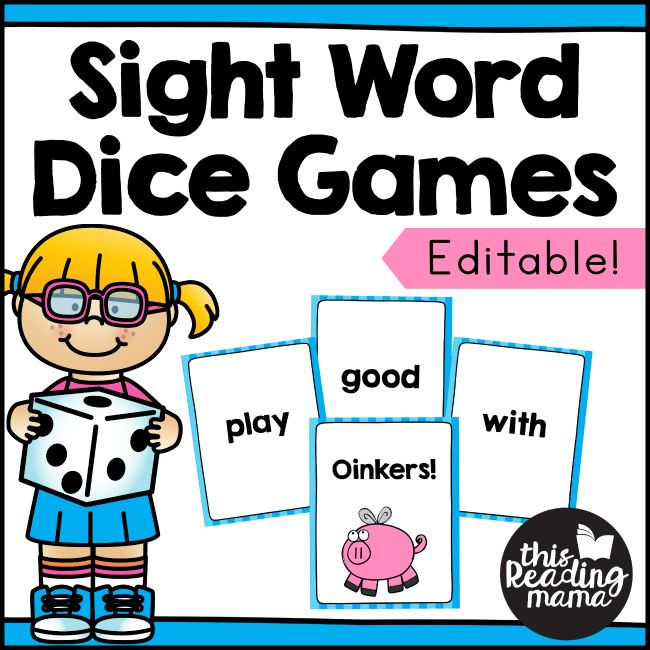 The host recites a poem (you already know him, right?). While he says: "The sea is worried ...", everyone is running around and fooling around (or doing adult things). But on the word "Freeze!" players freeze in different poses. Further options are:
The host recites a poem (you already know him, right?). While he says: "The sea is worried ...", everyone is running around and fooling around (or doing adult things). But on the word "Freeze!" players freeze in different poses. Further options are:
- You can not depict any figures, but just stand still. Who moved - he lost.
- The facilitator may deliberately slow down and provoke frozen participants - tickle or make laugh.
- The facilitator can touch the frozen player - and he must begin to portray a "sea figure" or any other living creature with the help of movements. The facilitator's task is to guess what the participant is showing.
15. “I know five names.”
This game would ideally require a ball, but this can be replaced by claps or knee strikes. A topic is selected, such as names. The first player says: "I know five names." And quickly calls five names, beating each one with a clap. Then the move passes to the next player, and his task is not to repeat.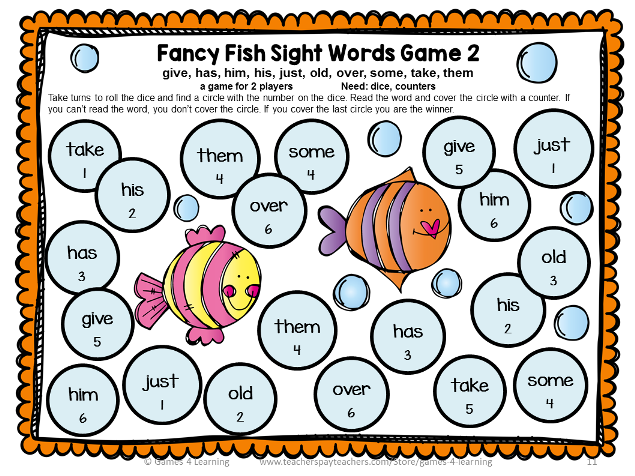
Let's make it more complicated: choose not just five names, but five female names, not five animals, but five predators, etc.
16. Crocodile.
A game that is equally interesting to play for both adults and children. It is necessary to explain the hidden word with gestures and movements, without words. According to the classics, you can divide into teams and make a word to the player of the opposing team. The goal is to solve the rebus for a certain period (you can set a timer for 1-3 minutes). However, if your company has small children, then the task can be simplified. Then one player "depicts" the word, and the rest guess it without time limits.
Let's complicate: you can guess not only nouns, but also verbs, adjectives and even whole phrases.
17. Contact.
The host thinks of a word and calls its first letter. The rest of the participants begin to offer their options and ask leading questions. For example, the host thought of the word "carousel" and voiced its first letter.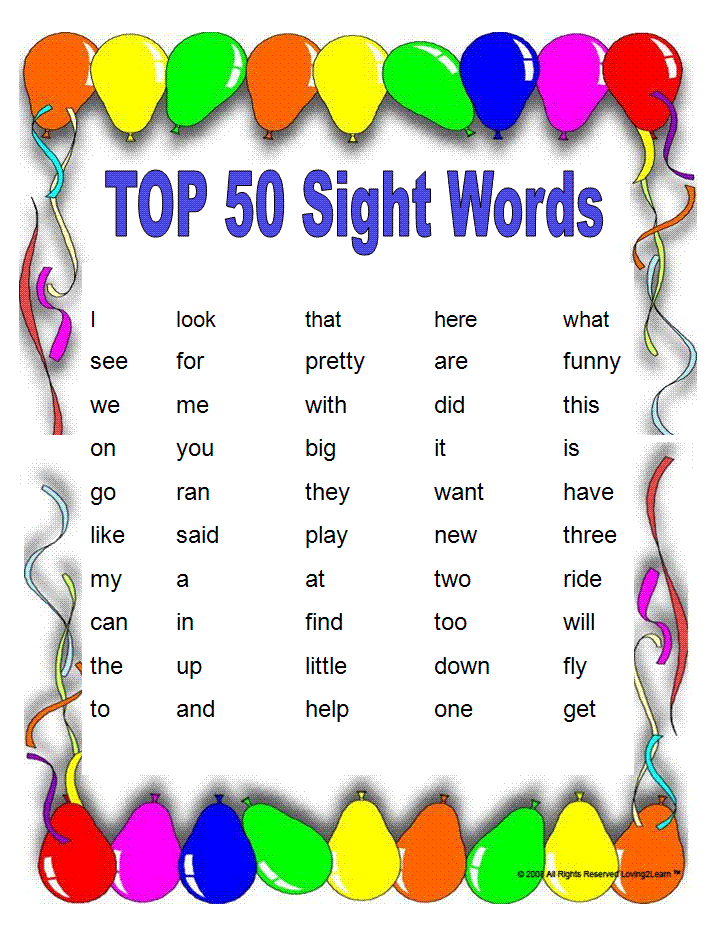 One participant suggested that it was "porridge" and asked, "Is this eaten for breakfast?" Players who understand what he means shout out "Contact!" And then count aloud to ten and at the same time say: “Porridge!” The task of the presenter is also to guess what it is about and say the word "porridge" before them. In this case, the participants select other words starting with the first letter. If the presenter did not guess or did not say anything, then he must voice the second letter of his word. And so on. The game continues until the whole word is guessed.
One participant suggested that it was "porridge" and asked, "Is this eaten for breakfast?" Players who understand what he means shout out "Contact!" And then count aloud to ten and at the same time say: “Porridge!” The task of the presenter is also to guess what it is about and say the word "porridge" before them. In this case, the participants select other words starting with the first letter. If the presenter did not guess or did not say anything, then he must voice the second letter of his word. And so on. The game continues until the whole word is guessed.
18. Colours.
The players stand in a circle. The host says: "Touch the red: one, two, three!" And all the participants in the race are trying to touch any red object in their field of vision. The one who touched the last or did not find the right color is out. For the rest, the game continues with a new color.
Let's make it more difficult: the host can name specific items - a yellow bracelet (of course, one of the participants must wear it), a white sneaker, etc.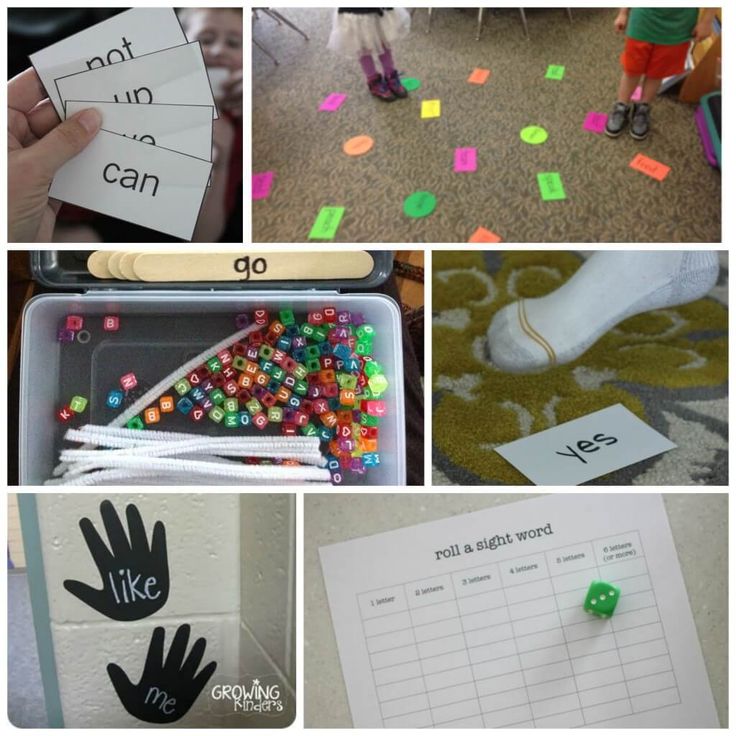
19. Guess the hero.
For this game you will need papers and a pen (you can take napkins from the table, but someone will probably have a pen in their bag). On each sheet, participants write the name of an object, the name of a celebrity or a movie character. Even better if it is done by a person who will not play later. Then the leaves are turned over and mixed. Players take pieces of paper and, without looking, fix them on their foreheads so that the inscription is visible to others. The game goes around. The goal of each participant is to guess the word on their piece of paper. To do this, you need to ask other players leading questions that can only be answered with “yes” or “no”. For example: "Am I a human or an animal?"
20. Cities.
Cities can be played while you are setting the table, setting up your tent or laying out your fishing gear. The first player says the name of the city. The next participant picks up the baton: each new name must begin with the letter that the previous one ended with.